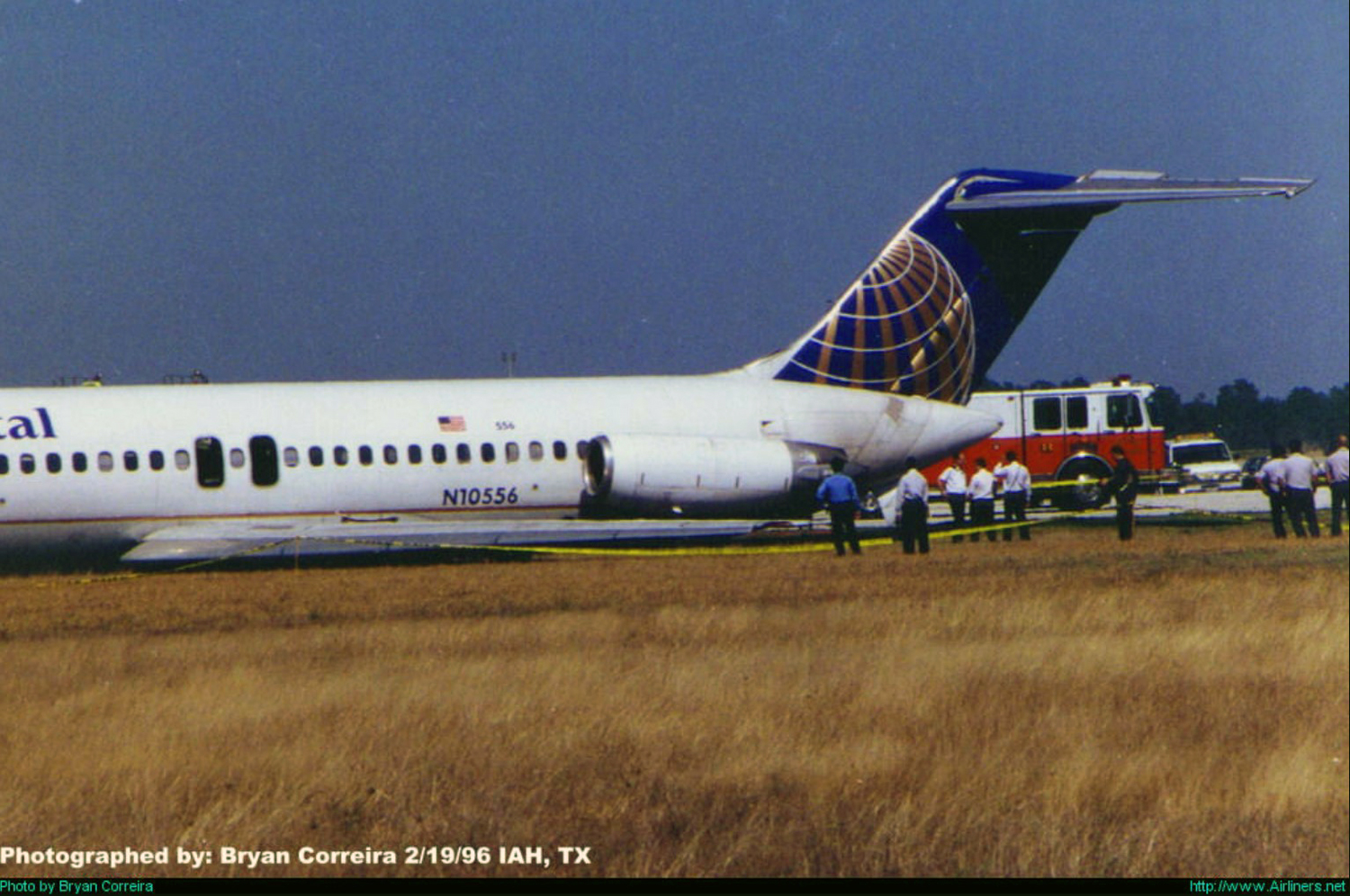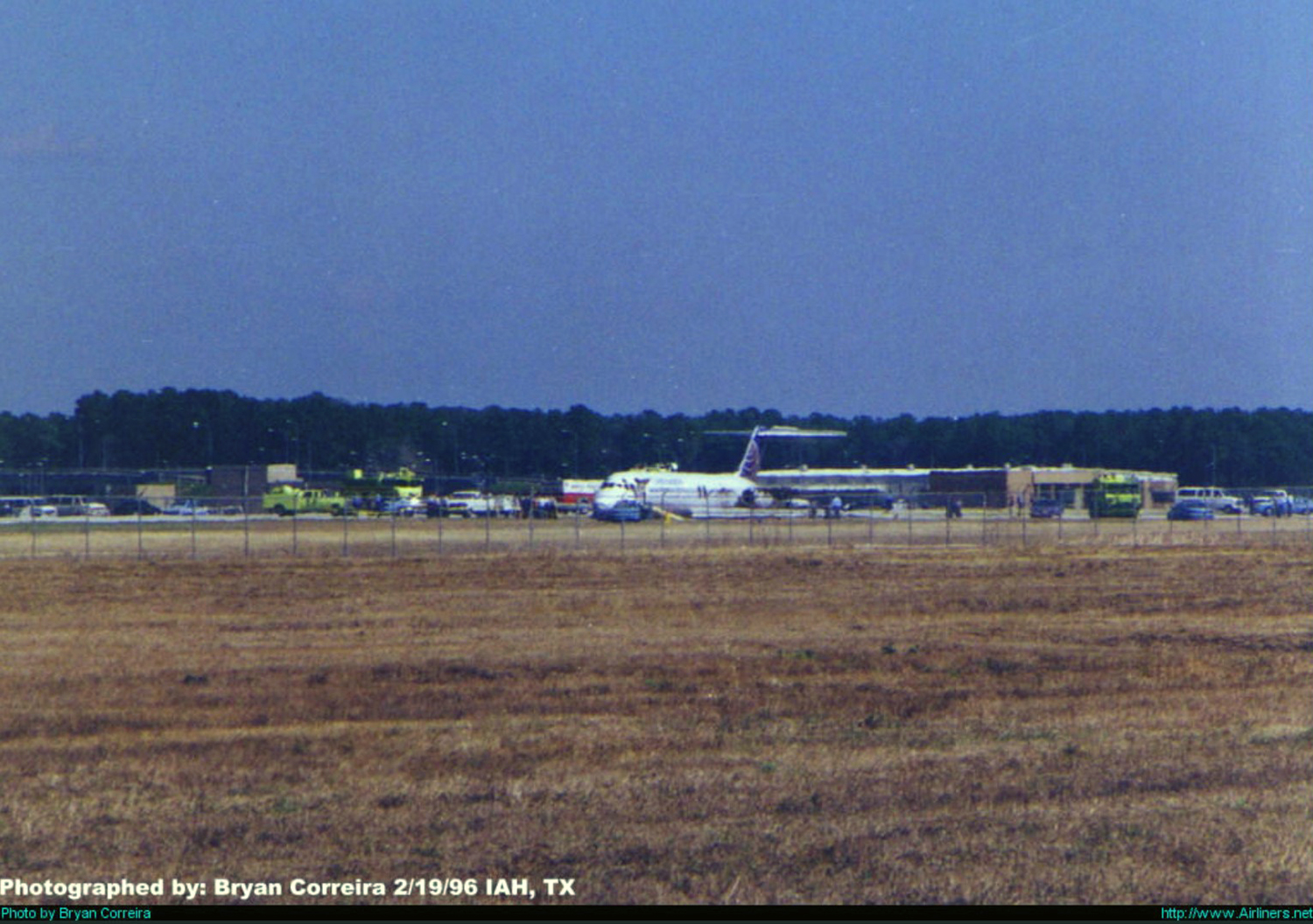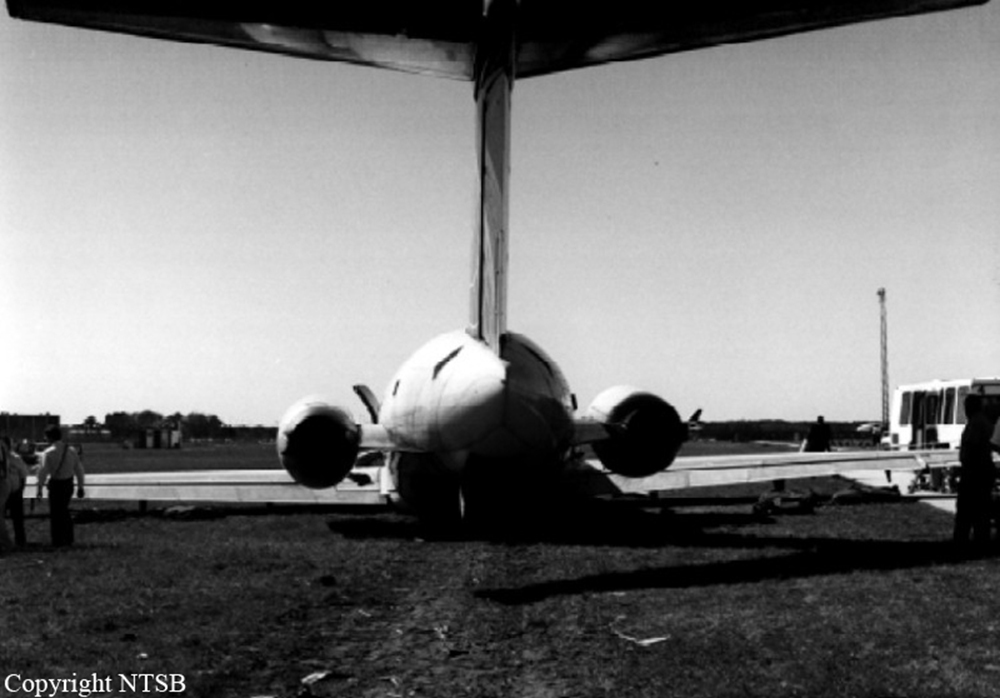Crash of a Cessna 207 Skywagon in Kotzebue
Date & Time:
Apr 17, 1996 at 1253 LT
Registration:
N6282H
Survivors:
Yes
Schedule:
Kotzebue - Selawik
MSN:
207-0465
YOM:
1978
Crew on board:
1
Crew fatalities:
Pax on board:
0
Pax fatalities:
Other fatalities:
Total fatalities:
0
Captain / Total hours on type:
175.00
Aircraft flight hours:
15367
Circumstances:
The pilot was departing a remote airport to begin a VFR cargo flight. The departure path took the airplane over ice covered terrain. The airport was considered to be below basic VFR conditions with light snow and fog, and the visual conditions in the area were considered to be 'flat' with the visibility from 2 to 3 miles. The pilot received a special VFR clearance out of the control zone by a flight service station specialist. After departure, witnesses observed the airplane climb to an estimated 500 feet above the ground and turn to the right. Shortly thereafter, the airplane banked to the right about 90 degrees, then descended to the ground in a wing and nose low attitude. A postaccident inspection of the airframe and engine did not reveal any mechanical malfunction.
Probable cause:
Failure of the pilot to maintain sufficient altitude/clearance above terrain, after becoming spatially disoriented, while maneuvering after takeoff. Factors relating to the accident were: fog, snow, partial obscuration, 'flat' conditions of light, and the lack of a distinct horizon over ice/snow covered terrain.
Final Report:






